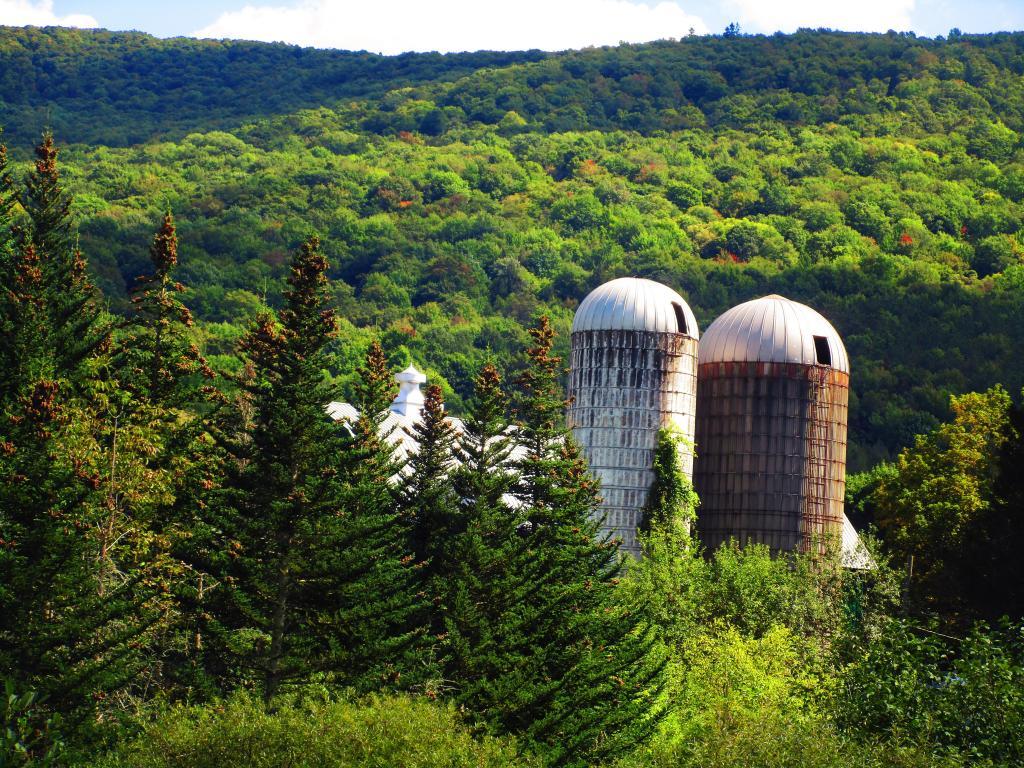How to shift better on your mountain bike 🚲
Shifting gears on a mountain bike is essential for maintaining a comfortable and efficient ride on varying terrains. Here are some tips for shifting on a mountain bike:
- Anticipate Terrain Changes: Try to anticipate changes in terrain, such as uphill climbs, downhill descents, or flat sections, in advance. This will help you prepare for the right gear changes.
-
Use Both Shifters: Mountain bikes typically have front and rear derailleurs, each with multiple gears. Use both shifters in combination to find the right gear ratio for your current situation.
-
Avoid Cross-Chaining: Cross-chaining occurs when you’re in a big chainring (front) and a big cog (rear) or a small chainring (front) and a small cog (rear). This can strain your drivetrain and reduce efficiency. Try to avoid extreme cross-chaining.
-
Shift Before It’s Too Late: Shift gears before you reach a steep climb or descent. Shifting under heavy load can damage your drivetrain and make shifting less smooth.
-
Light Pedal Pressure: Lightly pedal when shifting to ease the transition between gears. Don’t push too hard on the pedals while shifting.
-
Listen and Feel: Pay attention to the sound and feel of your bike. When you shift, you should hear a clean and crisp transition. If it’s noisy or feels rough, consider adjusting your gears or having your bike serviced.
-
Practice: Shifting effectively takes practice. Spend time on different trails to get a feel for how your bike behaves in various conditions.
-
Fine-Tune Your Gears: If your bike has barrel adjusters, you can fine-tune your gears’ indexing. This can help ensure precise shifting.
-
Maintain Your Bike: Regularly clean and lubricate your drivetrain to keep it in good working condition. Dirty or poorly maintained components can affect shifting performance.
-
Seek Professional Help: If you’re unsure about adjusting your bike’s gears, consider visiting a local bike shop for a professional tune-up or advice.
Remember that the right gear choice depends on the specific terrain and your personal fitness level, so experiment to find what works best for you on different trails.
Hunter Mountain – NAIP Imagery
What Do Terpenes Do? Stop and Smell the Terpenes | Discover Marijuana
Hidden Silos
Farm along the rail trail in the scenic country north of Hubbells Corners.
Taken on Saturday September 11, 2021 at Catskill Scenic Trail.African Americans – Percent of County Population
Unbroken Natural Lands (Forest, Farmland) Over 10k Acres In New York
While more then 3/5th of the landmass in New York State is forested and roughly a quarter is farmed, many of the parcels are broken up by roads and houses. Even small gaps in natural cover can have significant impacts on wildlife. Most of state's largest parcels of unbroken cover is in the Adirondacks, though a few large parcels can be found in the Catskills and Allegany hills of Western NY. This data set also contains some data from watersheds in Northern Pennsylvania that feed into New York. From the New York Natural Heritage Program:
Although forests in the Northeastern US had been increasing in their extent since the early 1900s, more recently, we are starting to see this trend reverse,with development fragmenting and reducing the size of forests on our landscape. The objective of this project was to delineate road-less forest patches throughout New York State, based on the latest version of the National Land Cover Dataset(2016), and then to assess the condition of those patches within the Hudson River Estuary Watershed.
Data Source: New York Natural Heritage Program, New York Forest Patches, Natural Lands.
